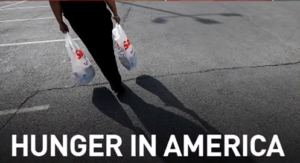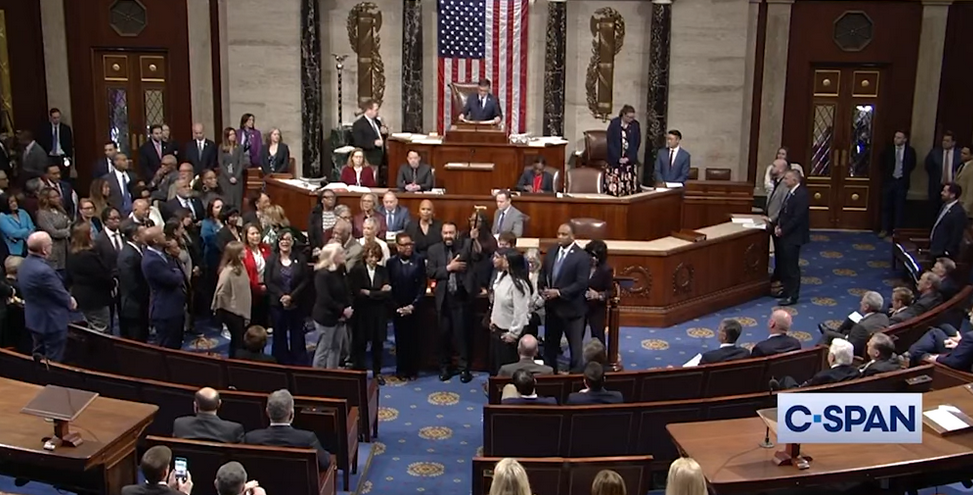Photo: YouTube\Screenshots
In response to the announced Debt Ceiling deal, Hunger Free America CEO Joel Berg released the following statement:
“SNAP (Supplemental Nutrition Assistance Program, formerly known as Food Stamps) and TANF (Temporary Assistance for Needy Families) combined equal less than eight percent of all federal spending. SNAP now provides an average of $2 per meal, and less than ten percent of Americans in poverty receive TANF cash assistance. So this is what the debt ceiling deal focused on cutting?
In contrast, the bill also turns a blind eye to the 20,000 farmers and farmland owners who have received federal farm subsidies for 37 straight years. Collectively, these farmers and farmland owners have received more than $18 billion, or an average of nearly $1 million per recipient, making this perpetual welfare for the wealthy. You can receive these massive subsidies without any requirement that you even supervise farm workers, much less work the land yourself. While the top 10% of farm subsidy recipients received, on average, more than $70,000 in 2021, the bottom 80 percent received less than $2,500.
The bill also ignores tax breaks for second vacation homes, and for private jets – none of which have work requirements. Many wealthy Americans work hard, as do the vast majority of low-income Americans. But some of the wealthiest Americans are heirs who perform little or no work. So, in this deal, the idle wealthy continue to get a free ride from taxpayers while the government further chips away at the already-meager aid for the lowest-income Americans.
Yes, the White House and Congressional Democrats made the deal less bad than the Republican proposal, but that’s small comfort for those who will become hungrier because of it. While I understand the twisted politics of this deal (giving the G.O.P. the ability to claim a win, while the Democrats keep the number of people harmed to a relatively small percentage of the SNAP caseload), the substance makes less than no sense. If homeless people can keep their benefits but tenuously housed people cannot, those tenuously housed people will need to spend more money for food and thus have less money for rent, making it more likely that they’ll become homeless.
The extra categories will also create more work for state, county, and city SNAP agencies, who will now be expected to collect data on each applicant’s veteran and housing status, which had not been required previously.
If Congress were serious about making sure work paid enough so people no longer needed government nutrition assistance, rather than engaging in performative scapegoating, it would raise the national minimum wage and boost childcare and transportation subsidies for working families. Taking this approach would be more politically popular and more constructive substantively, both reducing hunger and boosting employment.”

Background:
If the debt ceiling bill passes and becomes law, it will raise the age for work requirements for able bodied adults with dependents from 49 to 54. The bill would also eliminate work requirements entirely for homeless people, veterans, and young people aging out of foster care.
The Biden Administration says that the number of new people exempted from work requirements actually exceeds the number of 49-54 year-olds with new work requirements, but low-income Americans between 49 and 54 tend to have more health problems and find it harder to get re-hired due to age discrimination.
Most SNAP recipients who can work do work. Previous work reporting requirements created more paperwork for state and local bureaucracies and increased hunger, but did not increase employment.








Comments are closed.